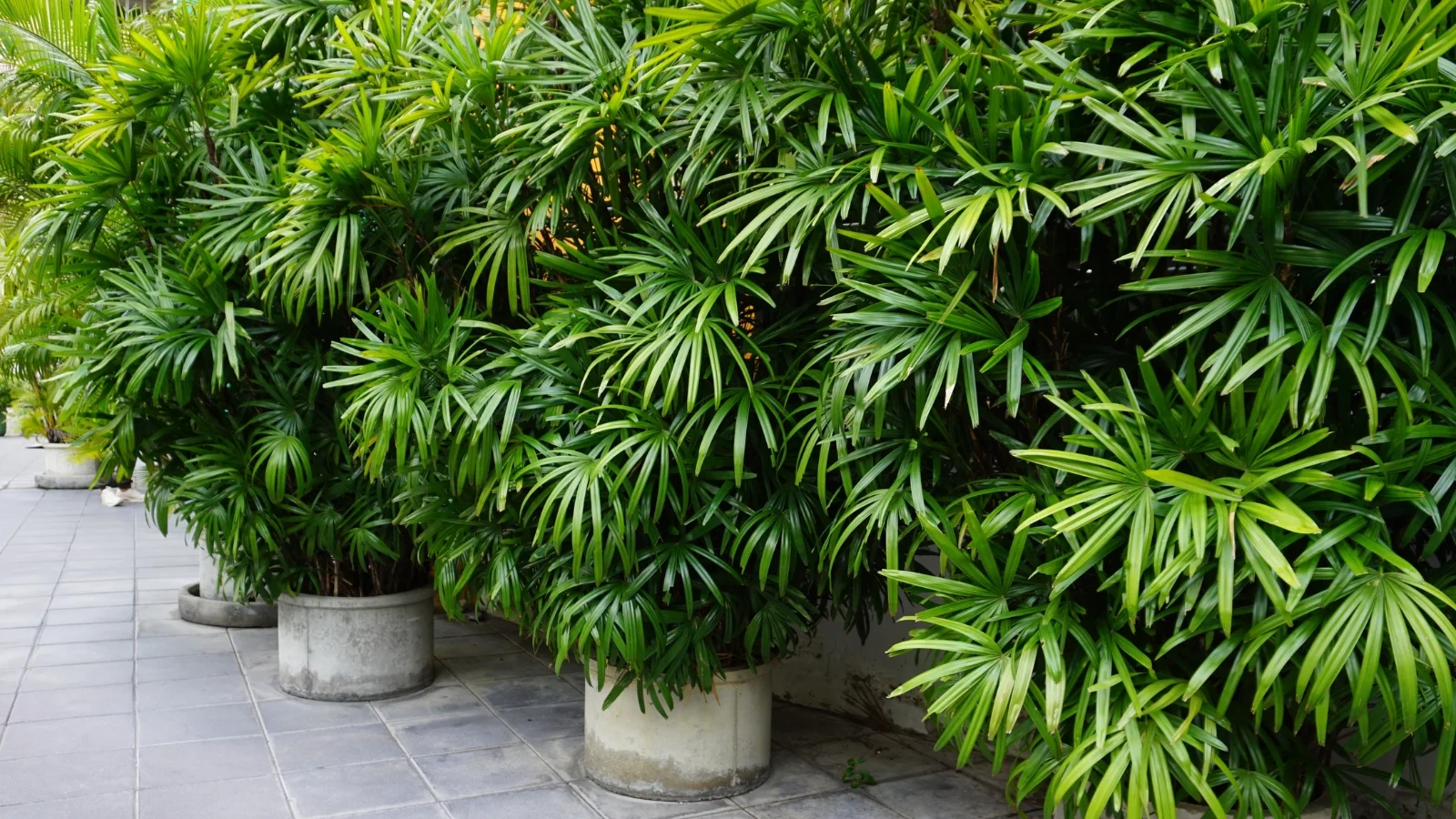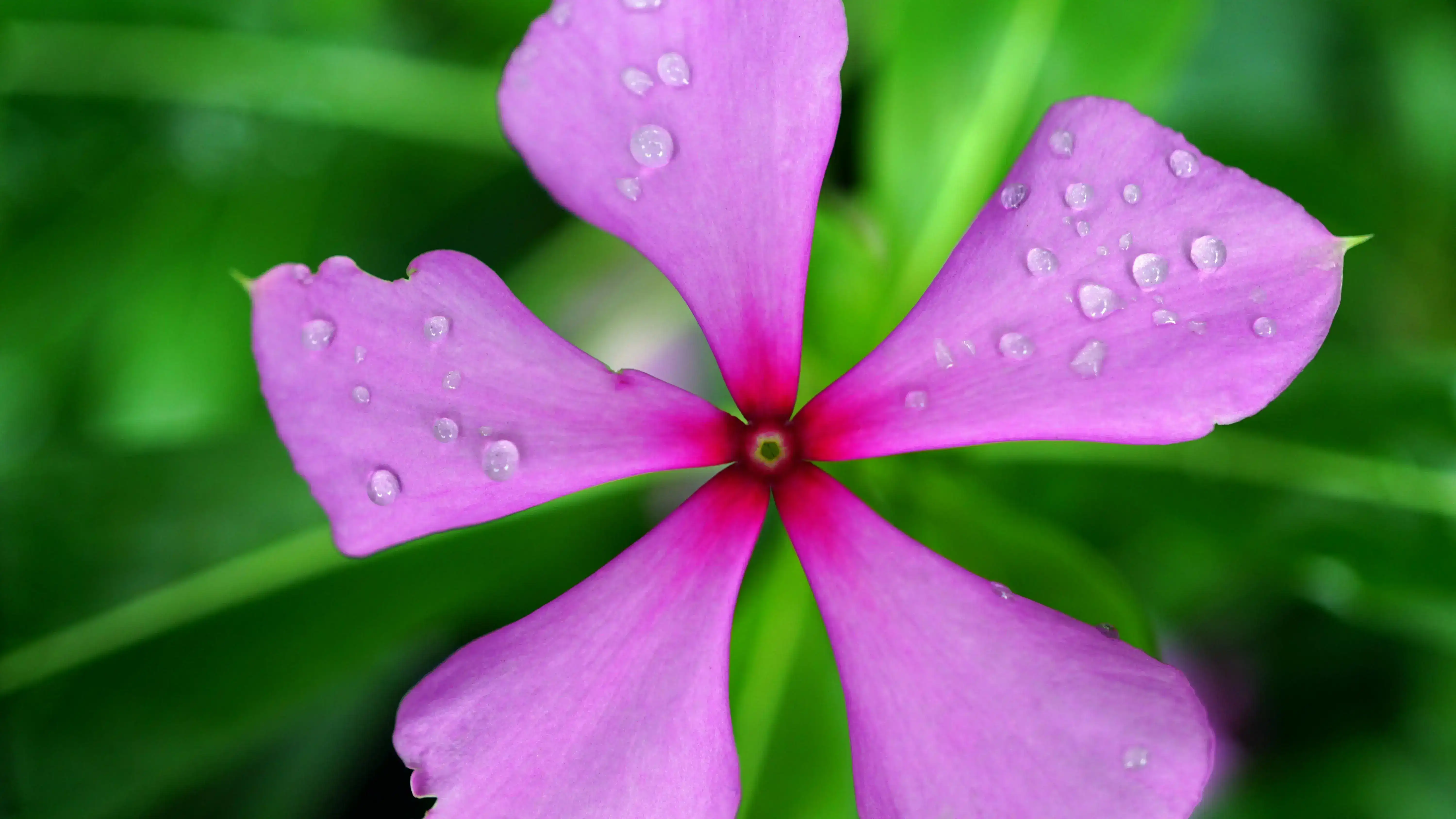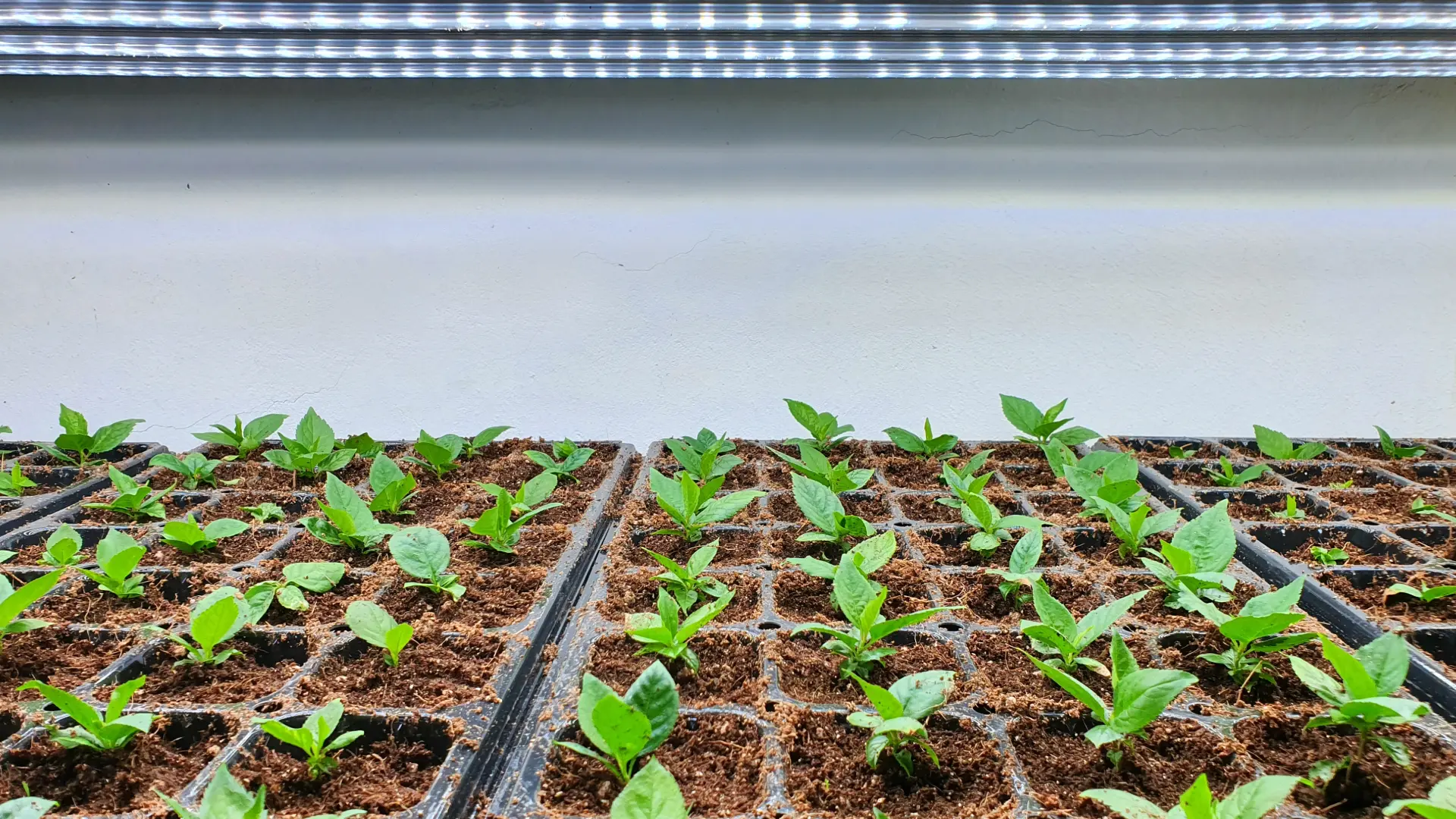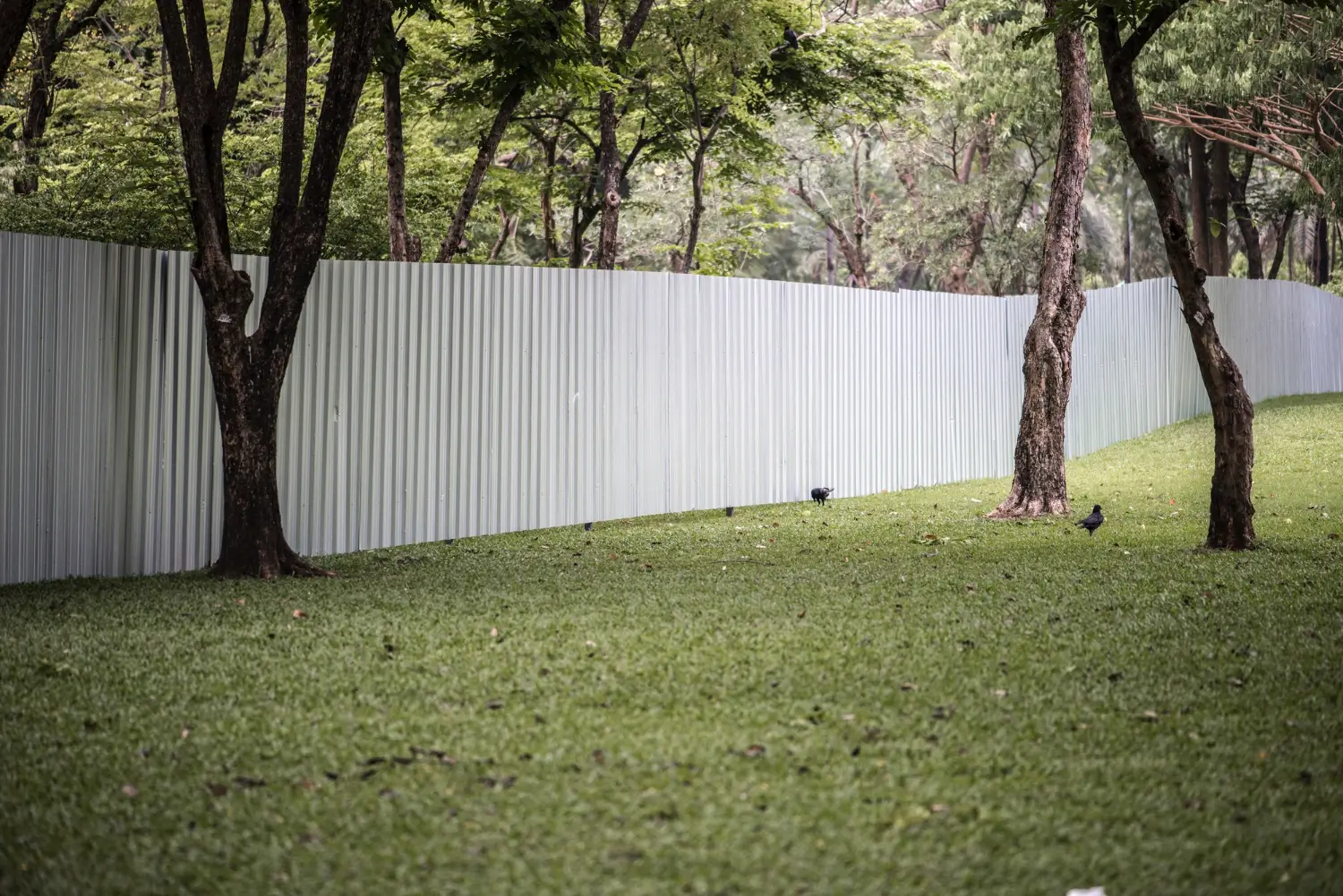
Patios, Walkways & Driveways
We unite suppliers and green industry professionals worldwide
This unusual perennial gets its name from its habit of sending up striking pink blooms on tall, leafless stalks—seemingly out of nowhere—just as summer is ending.
By Mariam Scott
|Published on June 12, 2025


“What if some of the most spectacular flowers came … when there are no leaves left at all?”
That’s the curious and delightful magic of the Naked Lady Plant, or Amaryllis belladonna. This unusual perennial gets its name from its habit of sending up striking pink blooms on tall, leafless stalks—seemingly out of nowhere—just as summer is ending.
The Naked Lady, native to South Africa, is a tough bulb that flourishes with minimal attention. Its bold, trumpet-shaped flowers offer an unexpected garden drama, flowering when most other plants are winding down. And while its timing and appearance can seem mysterious, it is surprisingly easy to grow successfully.
| Common Names | Naked Lady, Belladonna Lily |
| Botanical Name | Amaryllis belladonna |
| Type | Bulbous perennial |
| Height/Spread | 1.5 to 3 feet tall; 6 to 12 inches wide |
| Sunlight | Full sun to partial shade |
| Soil | Sandy or loamy well-drained soil |
| Watering | Low to moderate |
| Toxicity | Poisonous to pets and humans if eaten |
| Hardiness Zones | 7-10 |

September 18, 2025
10 minute read
September 18, 2025
10 minute read
September 17, 2025
9 minute read
September 17, 2025
20 minute read


Join as a seller and connect with thousands of B2B buyers nationwide!
Sign Up

Lady Ferns
A Thin and Elegant Greenery That Flourishes in Shade

Lady Palm
A Low-Maintenance, Graceful Palm for Indoors and Gardens

Lady Slipper Orchid
An Exquisite Orchid with Unique, Slipper-Shaped Blooms

Madagascar Periwinkle
The Madagascar Palm (Pachypodium lamerei) is a plant that has many gardeners wondering just that. Despite its name, it’s not a real palm, it’s a succulent, but it absolutely earns its place as a dramatic showpiece. This plant is a garden staple in warmer
Naked Lady plants are pretty and low-maintenance. They grow from bulbs planted in late summer or early fall, producing foliage in spring, which dies back by early summer. Then, when you think the plant is finished for the season, tall, bare stems rise up and burst into dramatic bloom. These plants like sunny places and don’t need rich soil or frequent watering. Once they’ve settled in, they come back year after year, growing and flowering with little attention.
Naked Lady plants prefer full sun, particularly in cooler zones where sufficient sunlight promotes blooming. In hotter areas, they value light afternoon shade to avoid burning. They tolerate some shade, but too little sun can reduce blooming and makes stems floppy.
Well-drained soil is key. Rich soil isn’t necessary, and sandy or loamy soil types are best. Stay away from heavy, claylike soils that hold moisture and may cause the bulbs to rot. If needed, improve drainage by mixing in sand or compost.
Once established, Naked Ladies are drought tolerant and require only moderate watering. In spring, while the leaves are present, water occasionally if rainfall is lacking. Once the foliage dies back, reduce watering significantly. In fact, the flowering stems emerge best from dry summer soil—overwatering at this stage can reduce flowering.
Pruning is minimal with these plants. The key is to leave the foliage untouched after it appears in spring, as it gathers energy for the next bloom cycle. You can cleanly remove leaves after they’ve yellowed and died back naturally, in early summer. Once they are finished blooming in late summer or early fall, let the flower stalks fade naturally before cutting them back. This easy care will yield much healthier bulbs and consistent blooms season after season.
Propagation is most successful through bulb division, which should be done after the plant finishes flowering.
It can take some time for new bulbs to develop, but if you are patient your collection will flourish and grow amazing flowers.
Though these plants do best in garden beds, they can be grown in containers with the right setup.
Potted Naked Ladies may need more frequent dividing every few years to stay vigorous.
During zone 7–10 these plants can be left in the ground all year. In colder regions, you will need to lift and store bulbs before the first hard frost.
After the bloom and once the foliage has died back, dig up the bulbs carefully. Brush off excess soil, then leave them to dry in a cool, shady spot for a day or so. Store bulbs in paper bags or cardboard boxes lined with dry peat moss or sawdust. Store them in a cool, dark place where it’s about 50–60°F. Replant in spring or early fall, when the soil has warmed.
One of the most interesting aspects of the Naked Lady is its bloom cycle. Unlike most plants, its flowers emerge after the foliage has vanished, making the tall, pink trumpet blooms appear almost out of nowhere.
Greater blooms often occur in late summer or early fall, depending on climate and rainfall. Each stalk holds several fragrant flowers that last for about two weeks. The plant then goes dormant when foliage emerges in spring.
To encourage blooming:
In general, Naked Lady plants are trouble-free, but there are a few minor issues that can arise:
With proper planting and care, these issues are rarely persistent.
The Naked Lady plant a garden surprise that is worth waiting for, with its unexpected loveliness arriving at the end of summer. A relatively low maintenance, drought tolerant plant with interesting flowers, it earns its place in both beginner and seasoned gardens. Let it disappear and reappear season after season; you’ll never tire of the drama it brings to your landscape.
Because the plant blooms on tall, bare stems after the leaves have died back—appearing “naked.”
Mature bulbs will flower from year-to-year, while offsets or newly planted bulbs will take 1–2 years to bloom.
Yes, they’re in the same family (Amaryllidaceae), though they’re different species with different growth habits.
They are best grown outdoors, though you can plant them in large pots that can be put outdoors in the warm months and overwintered indoors.

Patios, Walkways & Driveways
Victor Miller

Soil Health & Fertilization
Victor Miller

Pest Identification & Prevention
Victor Miller

Soil Health & Fertilization
Gina Lazaarus

Lighting & Technique
Gina Lazaarus

Construction Tips & Techniques
Victor Miller

Maintenance & Equipment Tips
Victor Miller

Soil Health & Fertilization
Victor Miller
My Account
Our team is always here to help.
We are open Monday - Friday, 9:00 AM to 4:30 PM PST.